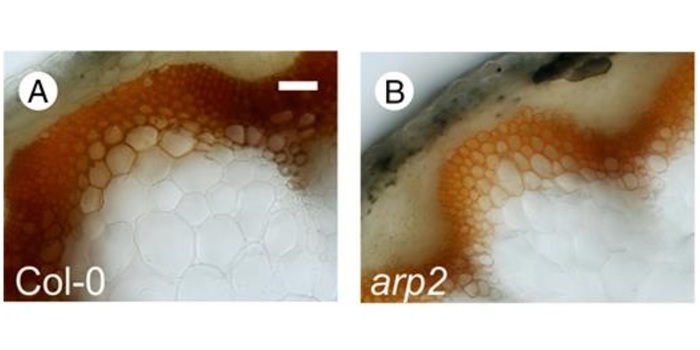
What We're Reading: January 5th
Blog, Research, Research Blog, WWR Full PostGuest Editor: Alecia Biel
Alecia is a graduate student at The Ohio State University in the US and has been a Plantae Fellow since September 2017. Her research focuses on elucidating hormone signaling pathways and the role of the nucleus during this process, particularly throughout plant abiotic…
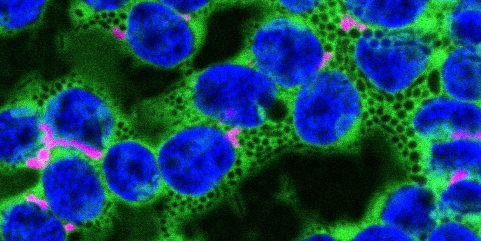
Protection Against Reactive Carbonyl Species
Research, The Plant Cell, The Plant Cell: In a NutshellSchmitz et al. investigate the physiological significance of the glyoxylase system in Arabidopsis https://doi.org/10.1105/tpc.17.00258
By Jessica Schmitz and Veronica G. Maurino
BACKGROUND: In every living cell, side reactions of enzymes and spontaneous reactions of metabolites inevitably…

Arabidopsis calcium-dependent protein kinase AtCPK1 plays a positive role in salt/drought-stress response ($)
Blog, Plant Science Research Weekly, Research, Research BlogCa2+-dependent protein kinases (CPKs) can transfer calcium signals via phosphorylation events, a signaling process important for plant development and response to environmental stresses. With the multitude of CPKs thus far identified and their overlapping roles in both abiotic and biotic stress response,…
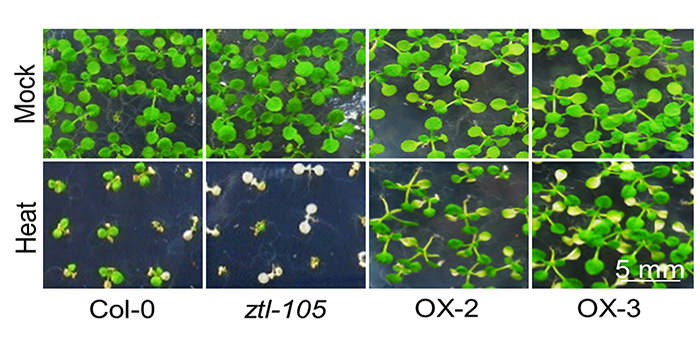
How Plants Clear Toxic Proteins
Research, The Plant Cell, The Plant Cell: In a NutshellGil et al. explore ZTL-mediated protein quality control https://doi.org/10.1105/tpc.17.00612
By Kyung-Eun Gil
Background: As sessile organisms, plants have evolved various mechanisms to adapt to environmental changes. Under stressful conditions such as high temperatures, proteins are misfolded…
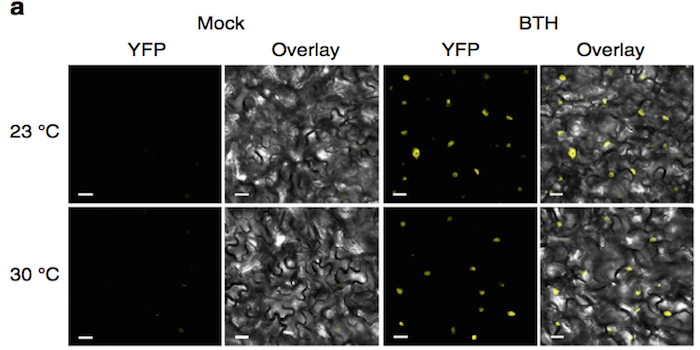
Dual impact of elevated temperature on plant defense and bacterial virulence in Arabidopsis
Blog, Plant Science Research Weekly, Research, Research BlogHuot et al. describe how elevated temperature (30 °C) enhances Arabidopsis thaliana disease susceptibility to the bacteria Pseudomonas syringae pv. tomato DC3000 (Pst DC3000): this includes an increase of bacterial type III secretion suggesting that increased Pst DC3000 virulence at 30°C is linked…
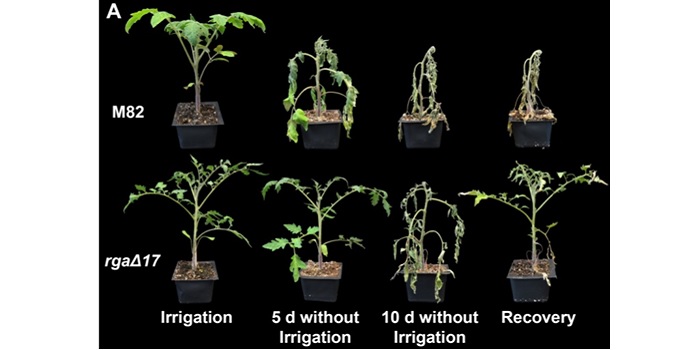
The tomato DELLA protein PROCERA acts in guard cells to promote stomatal closure
Blog, Plant Science Research Weekly, Research, Research Blog, The Plant CellNuclear accumulation of DELLA proteins induces transcriptional reprogramming and is well known to suppress the gibberellin (GA) pathway. While DELLAs can negatively regulate GA, increased GA levels can also signal DELLA degradation. GA is a growth-regulating hormone that is also involved in inhibiting…
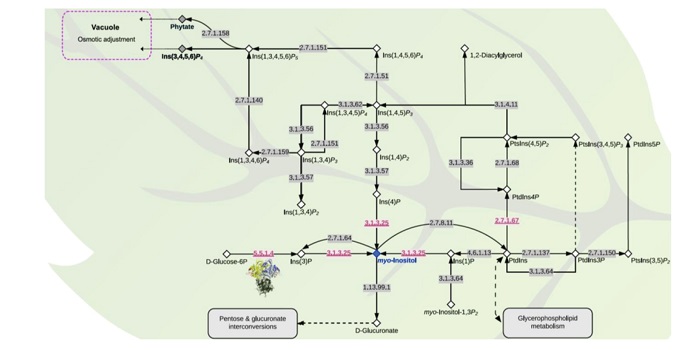
The genome sequence of the wild tomato Solanum pimpinellifolium provides insights into salinity tolerance
Blog, Plant Science Research Weekly, Research, Research BlogWild relatives of domesticated plants, such as tomato, are valuable resource for breeding, but their genomes are often not very well sequenced. Razali et al. provide the first high-quality genome of wild tomato S.pimpinellifolium LA0480, and use Dragon Eukaryotic Analysis Platform to functionally annotate…

Update: Oxygen sensing and integrative stress signaling in plants
Blog, Plant Physiology, Plant Physiology: Updates, Research, Research BlogBy Romy Schmidt, Daan A Weits, Claudio FJ Feulner, Joost T. van Dongen
Plants grow in a dynamic environment and continuously face numerous stress conditions in parallel. This fluctuating environment pushed the evolution of extensive metabolic flexibility (Sweetlove et al., 2010; van Dongen et al.,…

Arabidopsis DNA Methylome Stability under Stress
Blog, Plant Physiology, Plant Physiology: On The Inside, Research, Research BlogIt has been speculated that DNA methylation could complement genetic variation, as a mode for transferring heritable information, to contribute to phenotypic variation. Indeed, DNA methylation states can be maintained faithfully over both mitotic and meiotic cell division. According to this view, any…

